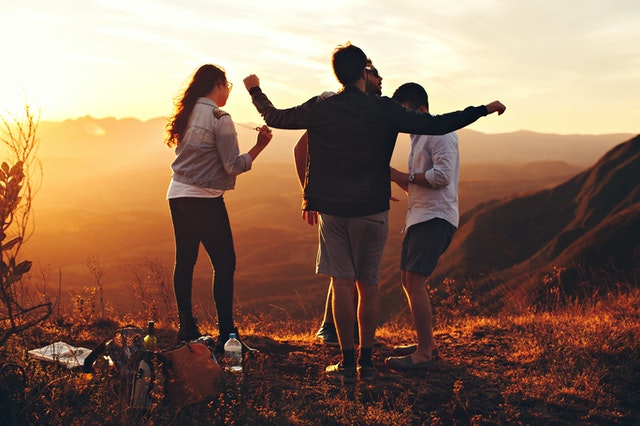The Coronavirus pandemic has slowed down the entire framework of actions that, until some years ago, were thought to ameliorate the place of Youth into a changing society. This does not mean that those aims are disappeared; however, while they are still laying at the core of our strategies, they have to be renovated and strengthened. Our younger generations have been the most hit in terms of both education and work opportunities. It is like they have been put ‘on hold’: we need to de-freeze them.
There have been attempts, the most of them producing important results, to make young the protagonist of more inclusive society, meaning that youth as well was becoming an inclusive one. We saw, before the Covid-19 pandemic, youth combating in first person for the world’s climate, gender equality, job opportunities, and one could go on hours relocating the different cultural battles according to the different moment or year considered. Is this still possible? What can we do to give youth the right role of decision-makers in the society they were contributing to build all around the world?
The positive thing is that a lot can be done, intending these two past year as ‘bridges’, test benches used to make even better use and exploit what already existed before. The European Year of Youth starting in 2022 is a great chance to hear younger generations’ voice. And inclusion will be the key word: what our society needs is to build a shared framework going beyond national identities. That is why we need a new, strengthened, horizontal approach.
Education and training opportunities needs to be open to everyone; an example could be insisting on having universal certificates, accepted across borders. The labour market of tomorrow doesn’t need more brain drains: a fair and transparent exchange of skills and competences is what the future society needs.
Schools, companies, workers, authorities (national, regional and local), social partners and organisations and educational and employment services, however, should remain on the same unique path. There are important existing large-scale partnerships, some other are emerging.
But the final goal is ambitious. The European Year of youth, that does not come by chance, tries to translate this need for inclusion into a practice, the words we are hearing from years into concrete actions. Those are the 11 European Youth Goals: Connecting EU with Youth, Equality of All Genders, Inclusive Societies, Information & Constructive Dialogue, Mental Health & Wellbeing, Moving Rural Youth Forward, Quality Employment for All, Quality Learning, Space and Participation for All, Sustainable Green Europe, Youth Organisations & European Programmes.
Where are we? How many of them we reached or which ones do we have to change?
There are progresses, but also some decelerations and for sure the pandemic has not helped. 2022 can be the year of results, but for sure all stakeholders need to continue mobilising EU level policy instruments, continuing their actions at national, regional and local levels. Thanks to previous years’ programming and results achieved, which we can further exploit re-starting from their successes, we do have the right instruments and tools to create and lay the foundation of a new, renovated framework for a European cooperation in the youth field. But we cannot do this alone.
One point, indeed, is more important than the rest. We need to talk to young people, but young people need to talk to us first. We all want a Europe where young people are engaged as active citizens involved in their democratic societies. But they have to tell us what is important for and to them. They need to be integrated as active protagonist of this dialogue.
Natasa Gospodjinacki


